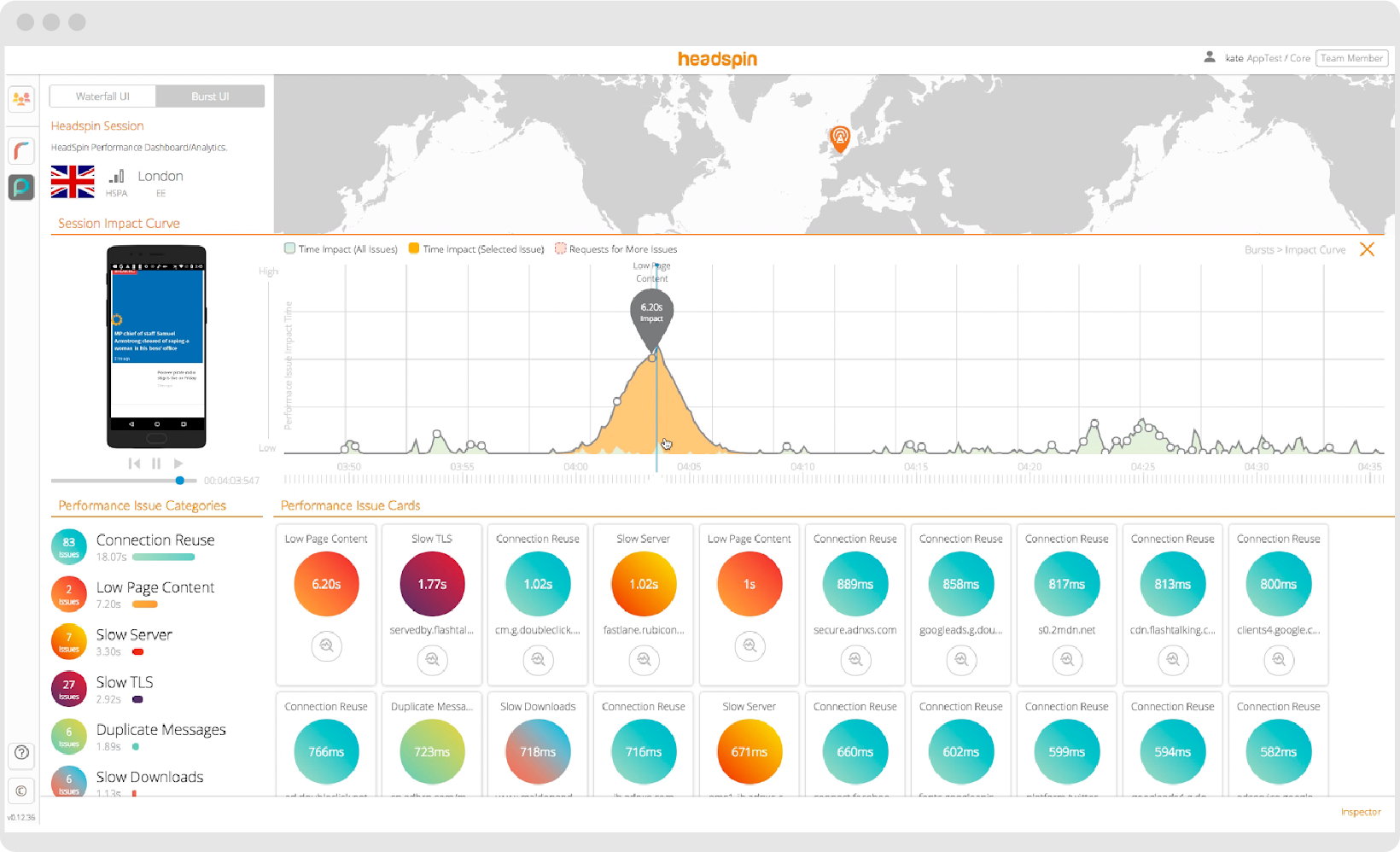Mobile applications have become a crucial part of people’s lives. Hence, users tend to adopt those apps which can deliver on their expectations. If it fails to meet its requirements and consists of various bugs and bottlenecks that hamper its performance, usability, and security, end-users are likely to abandon it. The mobile app quality becomes an important determining factor for an app to thrive in the market ecosystem. To build a bug-free app with optimal features that drive your app usage up and forward and support enhanced UX, testing in a continuous manner is essential.

App testing is at the epicenter of the mobile app development lifecycle. However, as the demands of app tests are increasing, the testers must not rely exclusively on manual testing. Organizations are rapidly adopting both Agile and DevOps cultures in their day-to-day development and testing operations. Automation drives Agile methodology, and hence it is becoming an integral part of the platform for app testing. Agile development adopts a test-first approach instead of pushing the tests to the end of the development pipeline. Through increments and robust interactions, the team supports Agile testing and coding. Agile is an iterative development methodology. Unlike the Waterfall method, it begins at the start of the project and involves continuous integration between development and testing. Agile projects include continuous testing within its pipeline that provides for various continuous activities such as continuous build, continuous integration (CI), continuous delivery (CD), and continuous deployment.
Agile testing does not occur in sequence, but it is continuous. Most companies are now transitioning from waterfall to agile in their testing practices. Leveraging agile testing enables them to speed up testing without compromising quality. In waterfall testing, the stakeholders are bothered with three essential requirements: business requirements, user requirements, and functional requirements of the app. Agile is a short and flexible development and testing cycle that helps the stakeholders to respond quickly to each of these requirements.
The Agile Testing Quadrants
Agile testing divides the test cases in-app testing into four separate quadrants.
- Agile Quadrant I: The quadrant focuses on internal code quality. It includes technology-driven test cases, namely unit tests and component tests.
- Agile Quadrant II: The quadrant consists of business-driven test cases. It includes various tests that support testing examples of possible scenarios and workflows, user experience testing, and pair testing.
- Agile Quadrant III:The quadrant provides feedback to quadrants one and two. It consists of test cases that act as the base for test automation. The iterative tests help to build confidence in the app. It includes usability testing, exploratory testing, pair testing with customers, collaborative testing, and user acceptance testing.
- Agile Quadrant IV:The quadrant consists of various non-functional tests. It helps to ensure that the app delivers the desirable non-functional qualities and expected value. It includes non-functional testing, security testing, infrastructure testing, data migration testing, scalability testing, and load testing.
How To Transition from Waterfall to Agile?
The following tips can help the QA to transition from waterfall to agile easily.
- Staff Training: You should consider hiring an expert in agile methodology to train your staff. It will enable them to smoothly onboard new ideas and avoid friction.
- Leverage Automation:Agile and automation go hand-in-hand. The integration of automation in agile testing methodologies helps to generate consistent workflows, increase visibility, improve collaboration, and eliminate redundancy.
- Regular Communication:Consistency in communication is critical to development and testing activities. A lack of communication can lead to inefficiency in agile testing and compromise app quality. A clear line of knowledge sharing will help the team members to collaborate better and produce consistent results.
- Emphasize Change Of Thinking:Most workers hesitate to onboard new changes. It is essential to educate the team members to understand the benefits of agile testing, to move beyond Waterfall testing. They should be trained to focus on the benefits of agile and stay committed to it for a smooth transition.
- Integrate Tools: Only with the right tools in hand, the transition to Agile can be successful. Agile environments can significantly benefit from test management software that provides access to test results in real-time. It also enables better collaboration.
- Foster Collaboration: App testing includes various traditional silos, and it requires better collaboration in testing to ensure that requirements and functionality are according to the service level agreement. Through collaboration, Agile team members can better integrate their ideas and achieve their end goals. It will enable them to concentrate better on the end product and produce enhanced results.
Agile Test Plan
Agile testing methodology is iterative, and the test plan includes test data requirements, infrastructure, test environments, and test results within that iteration. For every single release, the stakeholder must write and update the test plan. The test plan typically includes
- Testing Scope
- New Functionalities that one needs to test
- Level or Types of testing according to the complexities of the application’s features
- Performance Testing like load and stress testing
- Infrastructure Consideration
- Mitigation or Risks Plan
- Resourcing
- Deliverables and Milestones
To Conclude:
An agile methodology in development and testing facilitates better collaborative efforts among teams and their customers or end-users. It allows them to react to business demands and release a high-quality app early in the market.

